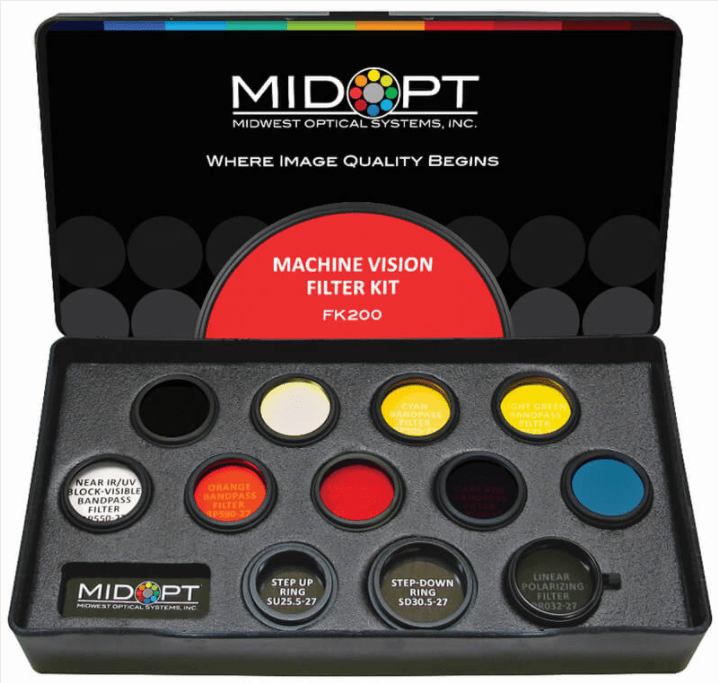R.J. Wilson, Inc. is proud to carry filters provided by Midwest Optics. As Midwest likes to say, filters should be considered “a necessity, not an accessory”. Many image enhancements can be made by utilizing the correct filter within the imaging system.
Bandpass Filters permit a specified frequency of light make it to the camera sensor. This is used to enhance or diminish the appearance of a specific color to make it easier for the inspection software to detect and measure a feature. These filters are available from deep UV, 250nm, through the visible colors, to near infrared, 850nm.

As noted, the selection of a bandpass filter is dependent upon whether a particular color needs to be enhanced or diminished in the greyscale image used for inspection. Generally, the use of a band pass filter color close to the object color will lighten the appearance of the object in a greyscale image. The use of a color on the opposite side of the color wheel from the object color will darken that object.

Dual or Triple Bandpass Filters are used to transmit multiple different wavelengths of light. In medical or industrial use, multiple wavelengths might be needed to analyze cellular structure, with each able to enhance specific features.
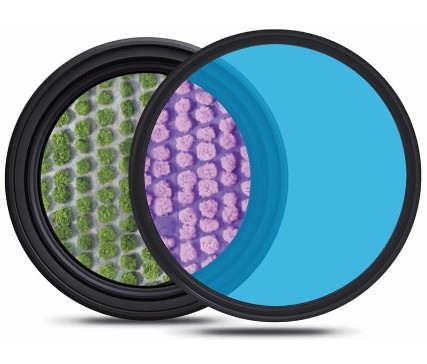
Short Pass Filters will allow wavelengths below a threshold to pass through. For example, a short pass filter enhances visible light images by not allowing infrared light to pass through the filter.
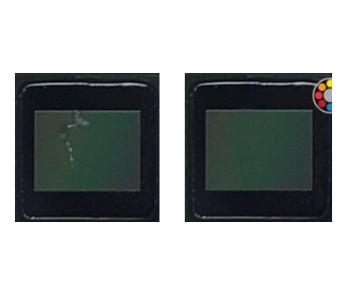
Long Pass Filters will allow wavelengths above a threshold to pass through. For example, a long pass filter enhances images taken in the infrared by preventing visible wavelength light from getting through.
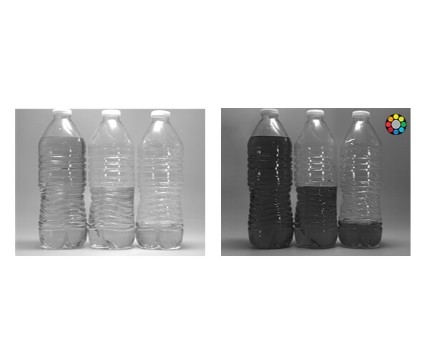
Polarizing Filters are used to minimize unwanted reflections through the imaging system. For example, imaging an object on a shiny surface may create reflections that may be mistakenly detected by the inspection system as actual features. The most effective polarization occurs when, in addition to polarizing the lens, the lighting is also polarized. The lens polarizer is then rotated to “cross-polarize” the image, further reducing unwanted glare in the image.
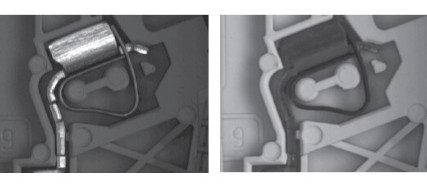
Light Balancing Filters are used in color imaging to provide a more natural and accurate color rendering by minimizing the blue content of white LEDs.
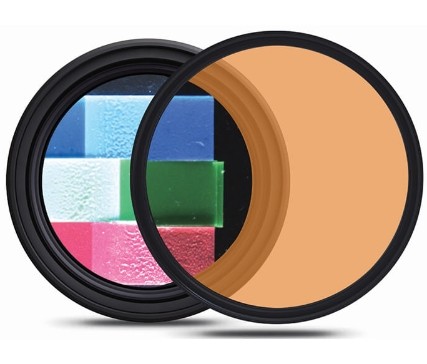
The same types of Bandpass, Longpass, and Polarization techniques that control visible light are available to control SWIR (Short-Wave Infrared) Lighting. Bandpass and Longpass filters pass a specific range of wavelengths in the 700nm-2,000nm range. The Neutral Density and SWIR Polarizing Filters work in the 400nm-2,000nm range.
With infrared imaging, including near-IR and SWIR, glass and plastic polarizing materials do not work. IR-capable polarizing film is formed with a very small wire grid. The wire grid polarizers are available in mounted glass filters and in cuttable sheets with and without adhesive backing.
Sheet sizes are from 2-inch X 2-inch to 10-inch X 3.45-inch. You may be using IR light, but glare exists in the IR as well, depending upon the lighting configuration and the objects being imaged.
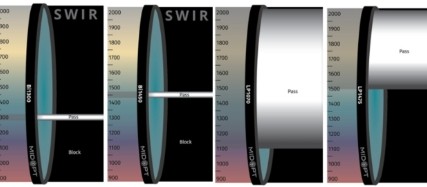
– Threaded Mount – Used when the lens has a filter thread.
– 25.4mm C-Mount – Most filters are available to screw directly into a camera’s C-mount, useful for specialized lenses when a filter is required but there is no threaded mount on the front of the lens.
– Slip-On Mount – Used when the lens does not have a filter thread, but has a standard size front barrel.
– Custom Mounting – Ideal when using S-Mount (M12) lenses. Slip-on mounts are available.
Midwest Optics offers Machine Vision Filter Kits, useful for evaluating different filters for an application. These kits are available in most filter sizes and include a step-up and step-down ring for added versatility.
